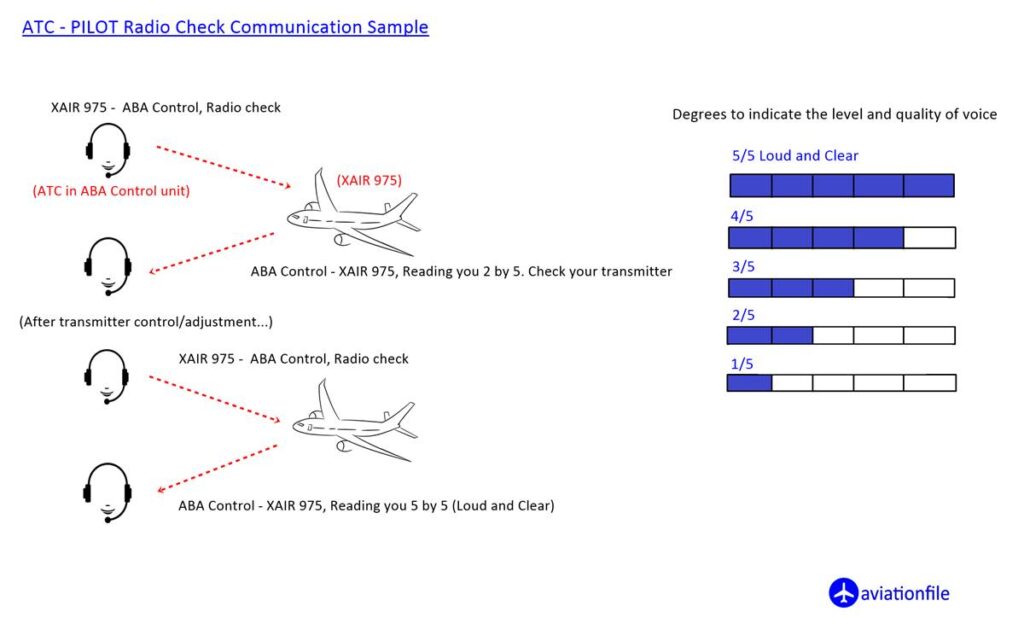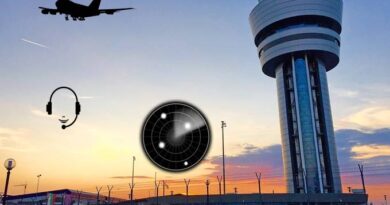How to measure the Quality of Air Traffic Control service?
Measuring the quality of air traffic control (ATC) service is crucial for ensuring the safety and efficiency of air travel. Here are some key points and references to consider when evaluating the quality of ATC service:
Safety: Safety is the top priority in air traffic control. We can measure safety by tracking metrics like the number of accidents, incidents, and near misses. The Federal Aviation Administration (FAA) provides safety data through its Aviation Safety Information Analysis and Sharing (ASIAS) program.
Efficiency: By analyzing flight delays, flight times, and the number of flights handled per hour, we can measure the efficiency of ATC service. The FAA’s Air Traffic Activity System (ATADS) provides data on flight operations in the United States.
Communication: Effective communication is essential in ATC service. The clarity and accuracy of communication between pilots and controllers can be measured by analyzing radio recordings and conducting surveys of pilots and controllers.

Training and Qualifications: The quality of training and qualifications of ATC personnel can be measured by examining their certification, experience, and performance evaluations. The FAA’s Air Traffic Safety Oversight Service (AOV) is responsible for overseeing the training and qualification of ATC personnel.
Technology: The use of advanced technology, such as radar and satellite systems, can improve the quality of ATC service. Analyzing their accuracy, reliability, and integration with other systems can reveal the effectiveness of these technologies.
References:
- Federal Aviation Administration (FAA) Aviation Safety Information Analysis and Sharing (ASIAS) program: https://www.faa.gov/news/fact_sheets/news_story.cfm?newsId=23520
- FAA Air Traffic Activity System (ATADS): https://aspm.faa.gov/opsnet/sys/Main.asp
- International Civil Aviation Organization (ICAO) Communication, Navigation, and Surveillance/Air Traffic Management (CNS/ATM) systems: https://www.icao.int/airnavigation/Pages/CNS-ATM.aspx
- FAA Air Traffic Safety Oversight Service (AOV): https://www.faa.gov/about/initiatives/aov/


